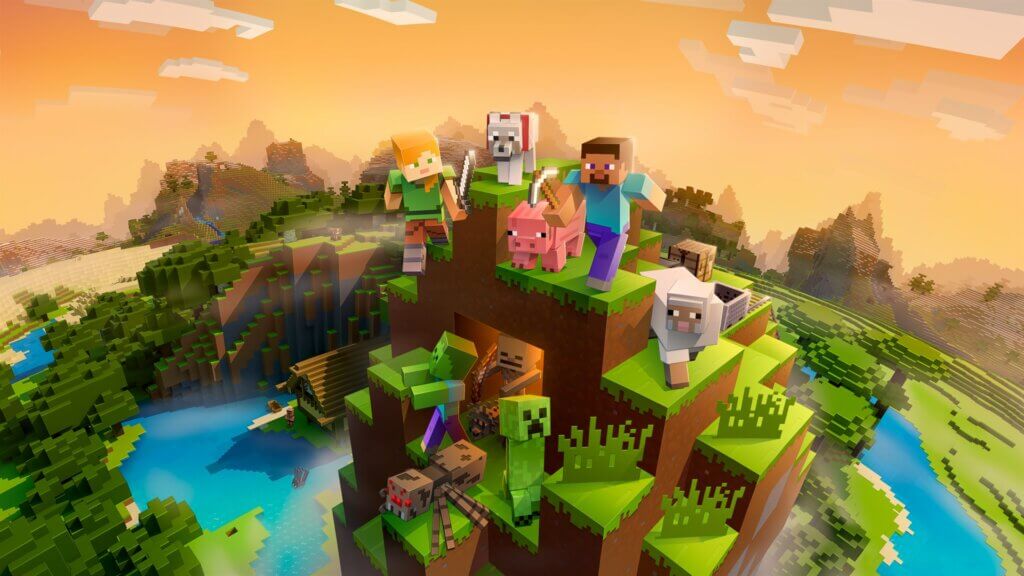Today, 10 March, the IWF have released a study into Child abuse images: youth-produced sexual content online.
This study by the IWF into child abuse images actioned by the hotline found that all of this content produced by those aged 15 and younger had been taken, or ‘harvested’, from its original online location and uploaded to another website. This startling study relating to images of child abuse raises many issues for those working with children and young people. Below we outline some of the key risks and provide our advice:
- All young people need to know that it is never too late to tell someone no matter how bad the situation seems. Telling someone is the first step to stopping ongoing abuse, and this is the case also if the abuse takes place online. We would encourage children to talk to a trusted adult. Such as a family member or someone at school. There are also special helplines for children who are in need of help and support. Young people can contact ChildLine on 0800 11 11 or visit ChildLine’s website if they ever need to talk to someone in confidence.
- It is important for children and young people to realise that new friends made online may not be who they say they are. There have been cases where children have been hurt by people they have met online, who have manipulated them to meet offline, convince young people to appear naked on camera or perform sexually suggestive acts. Remind young people to tell a trusted adult straight away if someone is making them feel uncomfortable and, if you have concerns that a child is, or has been, the subject of inappropriate sexual contact or approached by another person, it’s vital that this is reported to the police via the Child Exploitation and Online Protection Centre (www.ceop.police.uk). Our Online Grooming hot topic can help when speaking to young people to explain the dangers of being contacted online by people they don’t know.
- ‘Sexting’ describes the use of technology to share sexual and sexually implied content. This content includes texts, photos of partial nudity and sexual images or video. Although usually shared between ‘partners’, content shared in this way can quickly move out of control and can be shared further. This can be very distressing and damaging. Not only can it damage a young person’s reputation and affect them emotionally, but it can also have a negative affect psychologically. To limit these online risks it is vital to talk to children and young people about online privacy and sharing content, what is and what is not OK to share. It is important they know that once any image has been sent, it is then out of their control. Even if the person thinks they have sent it to someone they can trust, it could be shared with others or posted elsewhere online. Our sexting hot topic for parents and carers provides information about how to prevent this from happening and how to take control of a situation if it does occur. The use of webcams for sharing sexual content was prominent in the IWF report. Our video chat and webcams hot topic can be used to help young people to use webcams safely and responsibly.


